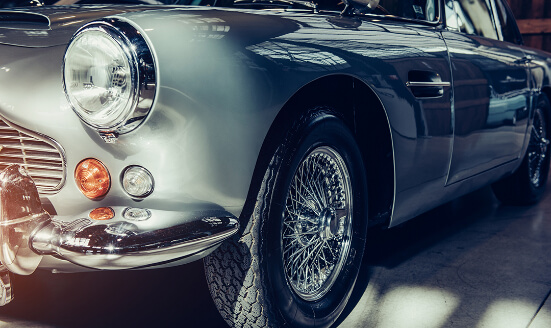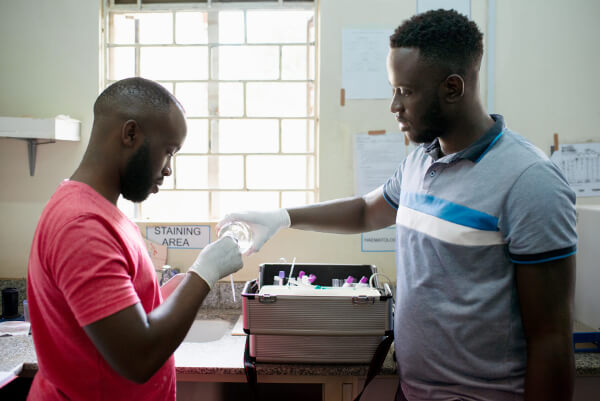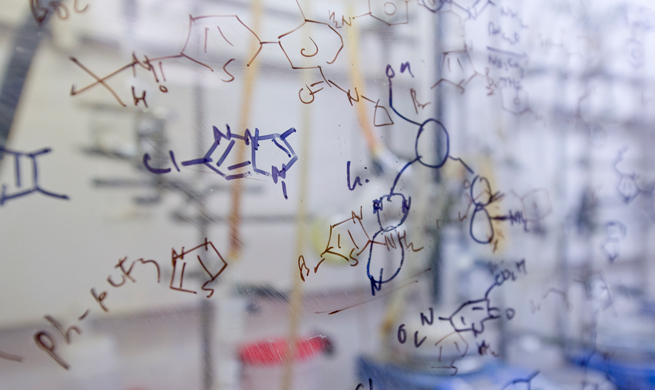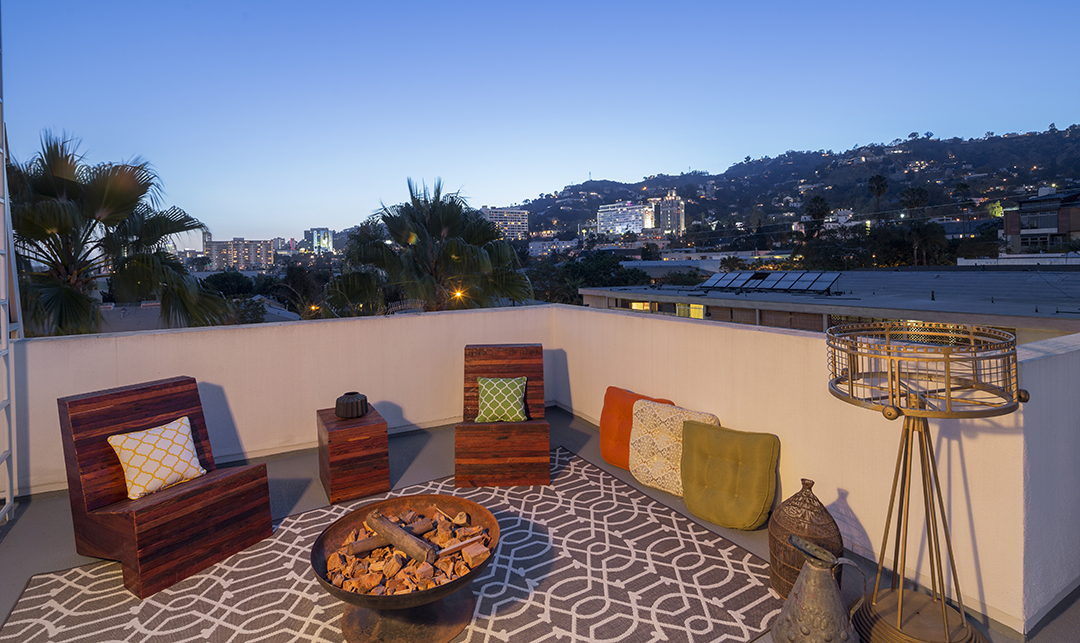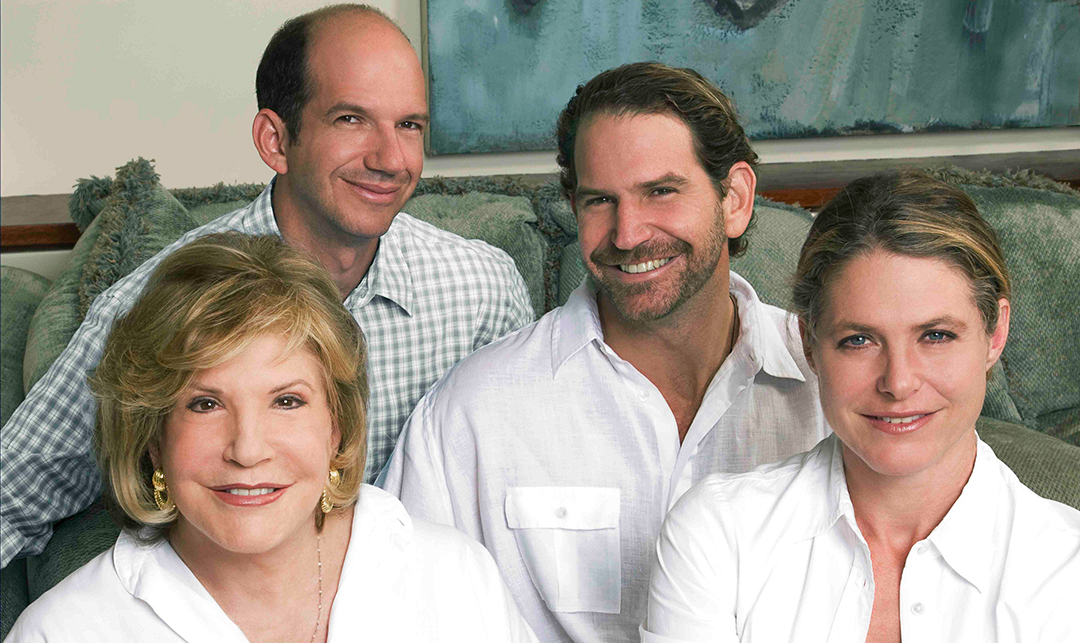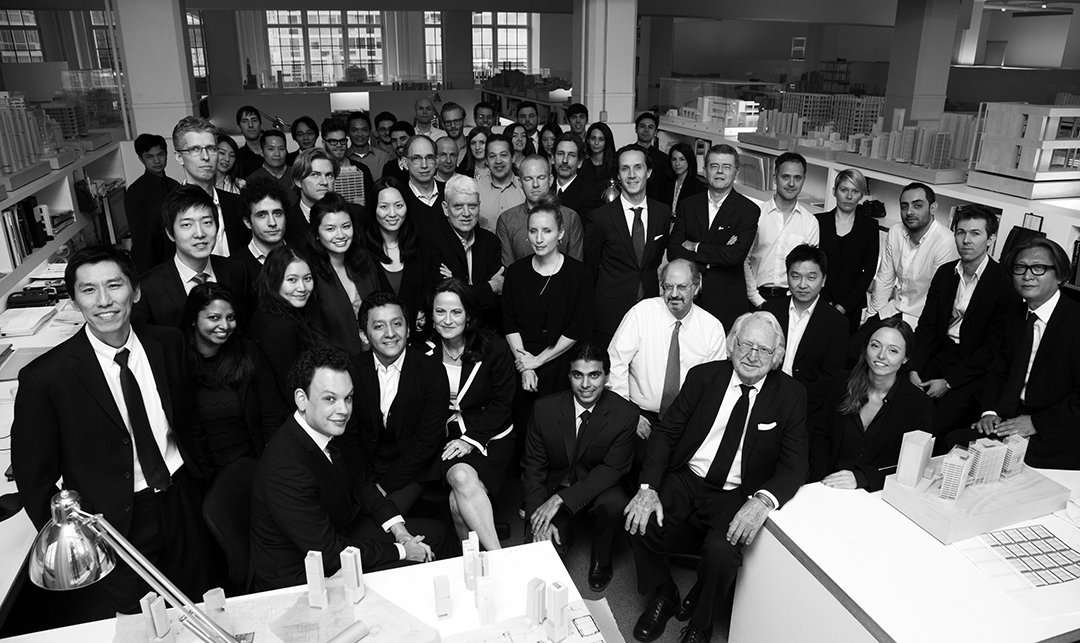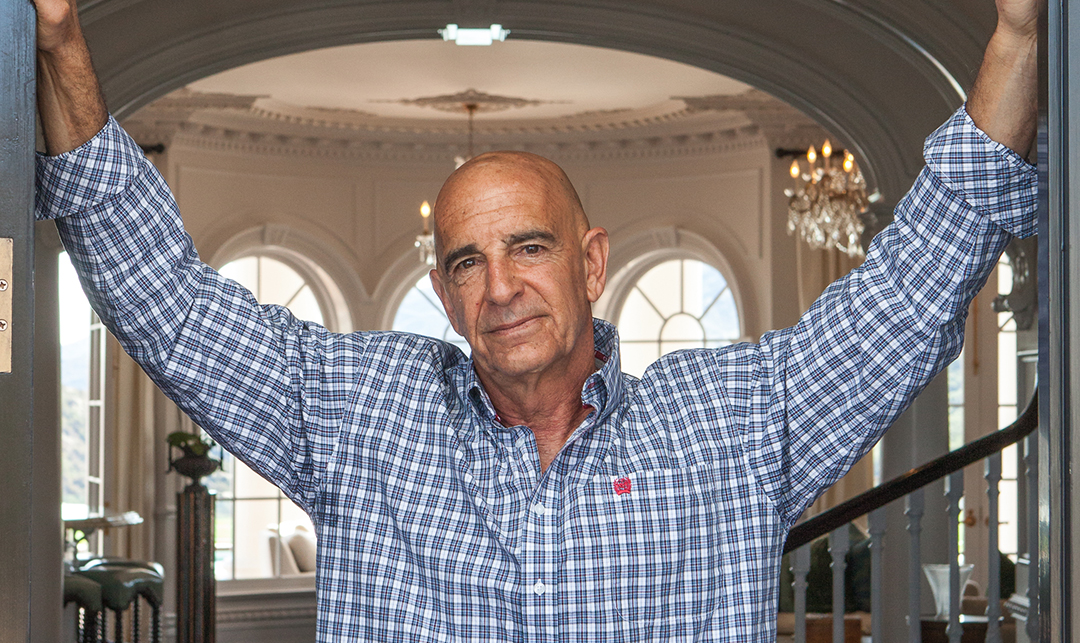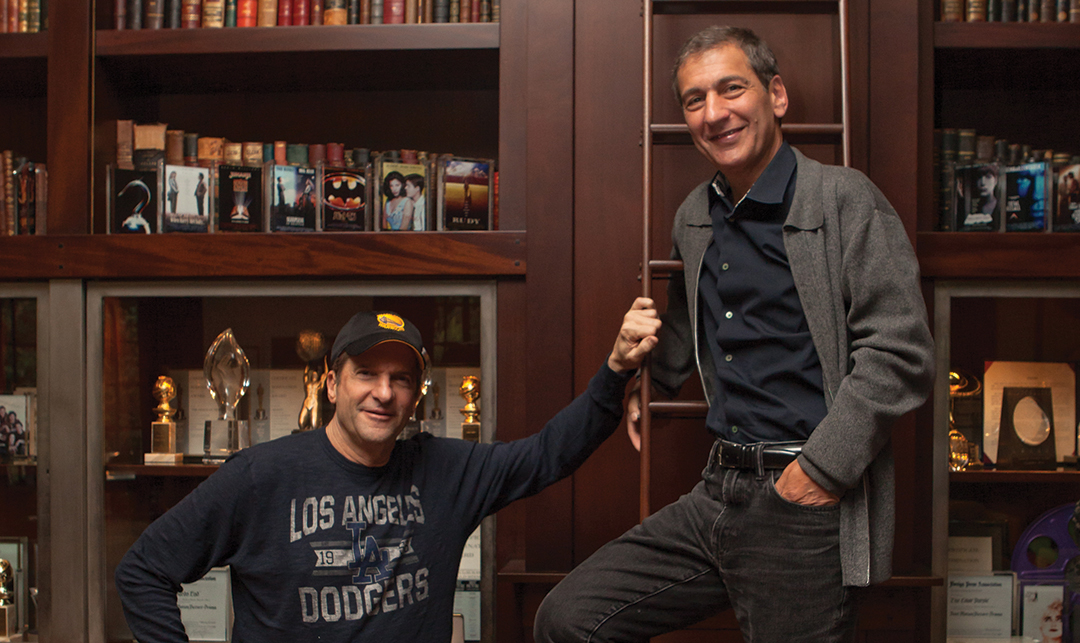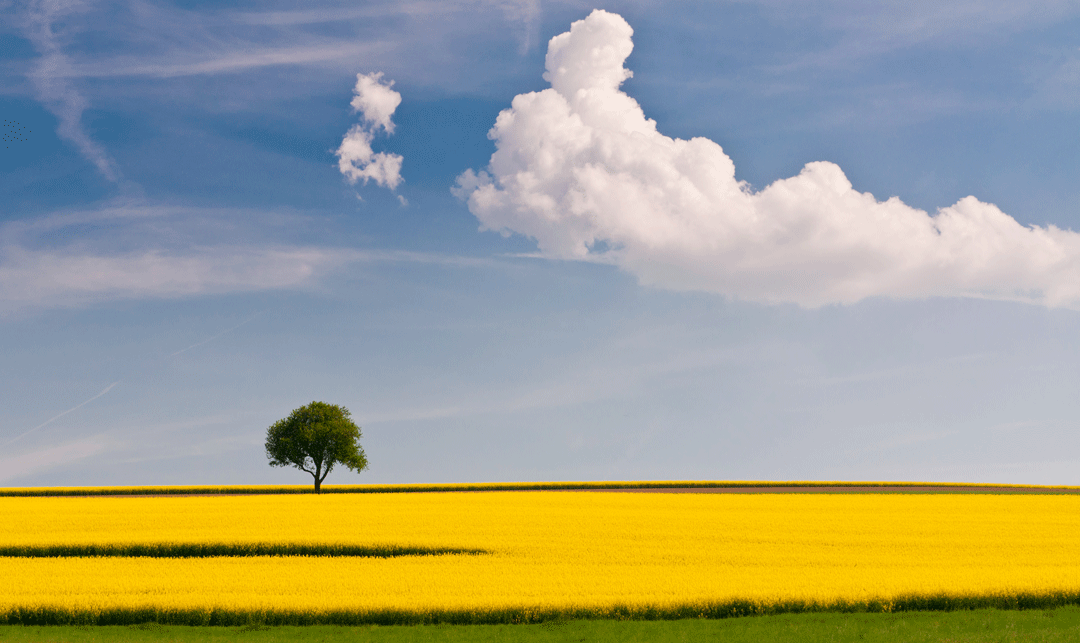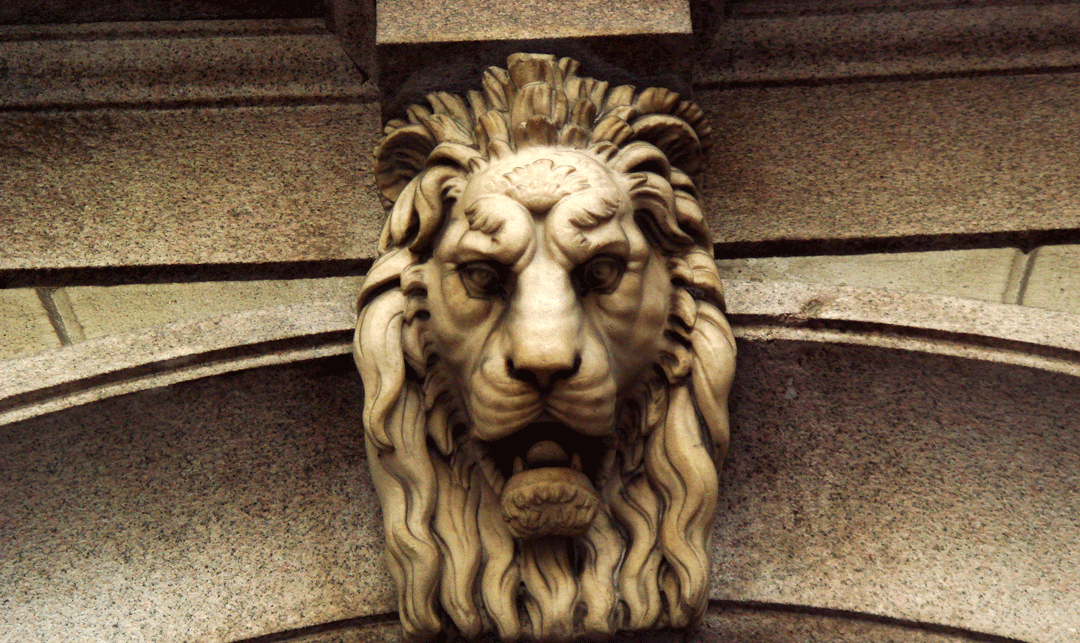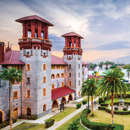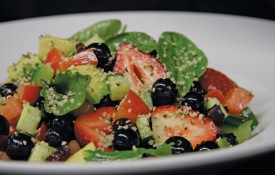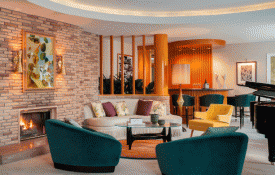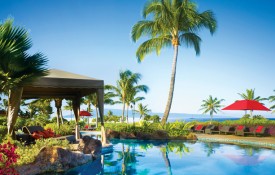There’s something poetic about the fact that the fabled “Fountain of Youth” is located on the outskirts of America’s oldest city. It was, in effect, a sulphur hot spring. Newly-arrived Europeans with a business agenda could not help but observe that local Native Americans who drank from it lived into their 70s and beyond. The city that grew out of it, meanwhile, is a wellspring for history buffs who can see how it endured Spanish and British rule, pirates and the Civil War.
While our nation’s historic roots cluster and intertwine through cities and towns in New England and along the Eastern Seaboard, it can be easy to forget St. Augustine was one of the first entry points into the “New World” when it was founded by the Spanish in 1565. Today, it remains the oldest functioning city in the U.S., though the reimagining of the Casa Monica Hotel & Resort 17 years ago by hotelier Richard Kessler set the foundation for a new world of business and destination travel possibilities for the once-sleepy Atlantic coast town.
The building, constructed in a Victorian “Moorish Revival” style popular in 1888, simultaneously captures the mood of Spain’s Andalusia region, a palatial Moroccan “riad,” and a sophisticated big city art museum. As he does with his other properties throughout the South and in Colorado, Kessler has woven his private art collection into the fabric of the Casa Monica experience and keeps rotating pieces on display.
The art museum feel of the lobby, hallways, ballrooms and other public spaces is exactly what Mr. Kessler had in mind, according to Joni Barkley, the property’s director of sales and marketing. “He’s all about art, music and food,” she said. “Mr. Kessler is the type of art collector who not only wants to own an interesting and diverse collection, but also wants other people to enjoy it.”

The lobby at the Casa Monica Hotel in St. Augustine, Florida
Kessler’s “Casa,” Su Casa
Conversation-starting elements such as superb artwork, nearby historic sites, oceanfront charm and fabulous food and drink are great lead-ins to unforgettable meetings, conferences and corporate retreats. However, as we view evocative landscape paintings of Florida artist Henrik Von Genk in the Henry Flagler ballroom, Barkley points out that executives in California necessarily don’t sit in their Century City offices and automatically think, “Gee, we have to do our next meeting in St. Augustine.”
That said, Casa Monica’s concierge professionals are up to the challenge of luring executives and planners out east with a well-prepared, customized experience of the property and historic city that integrates the impressive Flagler and Casa Monica ballrooms (which can be divided into three or four spaces), indoor public reception areas and covered outdoor Sultan’s Pavilion at the pool into their plans.
Casa Monica’s other sweet selling points include two early 20th century vintage cars available for rent; the Poseidon Spa, offering massages on site or in-room; and Casa Brava restaurant, overseen by Chef Fred Mera. The luxuriant, open space offers a mix of authentic Spanish tapas and main courses, as well as eclectic dishes fusing Mediterranean and Southern-American sensibilities. The Sunday brunch is focused on quality rather than quantity, serving up fresh seafood, paella, and a variety of sides, salads and tapas-to-order informed by the local palate and history. The full bar, meanwhile, exudes so much personality through its craft cocktails, fresh fruit sangrias and live music that it is tempting to live it up at the hotel every night…though nights off property are recommended.

Anastasia Island
The overall flair of the public areas carries over to private rooms and suites, where guests can sleep off a full-day of business activities, 18 holes, a day at sea, or the sangria in total comfort and Spanish-Moroccan style. Beyond the property and downtown core, meeting and retreat offerings extend to its Casa Monica Beach Club on the ocean 15 minutes away, and its private membership-owned golf club ten minutes away.
During our long weekend on the property, our group had the opportunity to see just how customized the concierge team could get. The lavish itinerary included a tasting session of craft beer from Ancient City Brewing, paired with off-the-menu dishes prepared with the beers by the Costa Brava team, and “The Tasting Tours” foray through town, providing appetizing primer to St. Augustine’s storied history as well as nibbles at several casual local eateries reflecting how other groups, including Greeks shaped the city’s history and culinary scene. We also enjoyed a most unusual team-building activity–an art class led by a teacher and staffer from the property’s Grand Bohemian Gallery.
“Everything for St. Augustine really changed when Mr. Kessler purchased this iconic building and re-opened it as a hotel in 1999,” said Barkley, a native St. Augustinian. “Before that, it was an empty building with broken windows, and nobody came downtown. Now look at it!”

The bar at the Ice Plant
Down-Home Cooking Goes Upscale
While Cuban and Caribbean flavors and ingredients have lead roles in South Florida’s fine dining and casual establishments, St. Augustine’s culinary roots stretch across the Atlantic to the Iberian Peninsula. The branches that have grown out of its kitchens, meanwhile, wind around homespun Southern U.S. cuisine, simply prepared fresh-caught seafood and comfort food that never loses its approachability no matter how fancy or ambitious the chefs or cooks may be.
The high-end dining is integrates down-home southern dishes with Spanish culinary traditions and fresh local seafood. The Floridian, Catch 27, La Pentola, and Preserve are the local picks for business lunches, post boating or golf snacks and celebratory dinners.
The bar scene is small but ambitious. Ice Plant (which also boasts fantastic food) is the craft cocktail epicenter, and it doesn’t hurt that it adjoins the St. Augustine Distillery. Cellar 6 and Tini Martini, tucked in between shops and art galleries follow suit with creativity and determination. Sangrias, in the heart of the St. George tourist area, is just plain fun. Its specialties, of course, are classic sangrias as well as combinations you never dreamed possible (i.e. a white sangria with bananas…and it works!).

Behind the scenes at the St. Augustine Distillery
By Land and Sea
Whether or not time allows for full-scale round of golf at area’s many year-round courses (including The Royal St. Augustine course, accessible to Casa Monica guests in their Putter’s Green Package), a visit to the World Golf Hall of Fame & Museum is essential. The 75,000 square-foot exhibition space offers an in-depth look at the game and its history through stories, artifacts, videos, art and photography of its members. Admission includes two-day access to the museum, a round on the 18-hole natural putting course and a shot on the Challenge Hole.
For those who prefer exploring the waters over the greens, Direct Eastern Access offers a variety of opportunities to sail the same shoreline as Pedro Menendez and Sir Francis Drake and explore Castillo de San Marcos and Florida’s first Lighthouse. Under the direction of noted competitive yacht racer Captain David Wilson, DEA offers a variety of tours: sail and swim, fishing, private beach excursions, eco-tours, and more.

The heart of St. Augustine, Florida – St. George Street
Castillo de San Marcos National Monument, St. Augustine’s grandest living museum, dominates the waterfront of the Old City. The oldest stone fortress in the continental United States, built by the Spanish from 1672-1695, is forged from coquina, rock made from compressed seashells found along the coast. Re-enactors and park rangers bring the origins of St. Augustine alive with elaborate costumes, deft storytelling and historic weapon demonstrations that go off with a bang (literally!).

